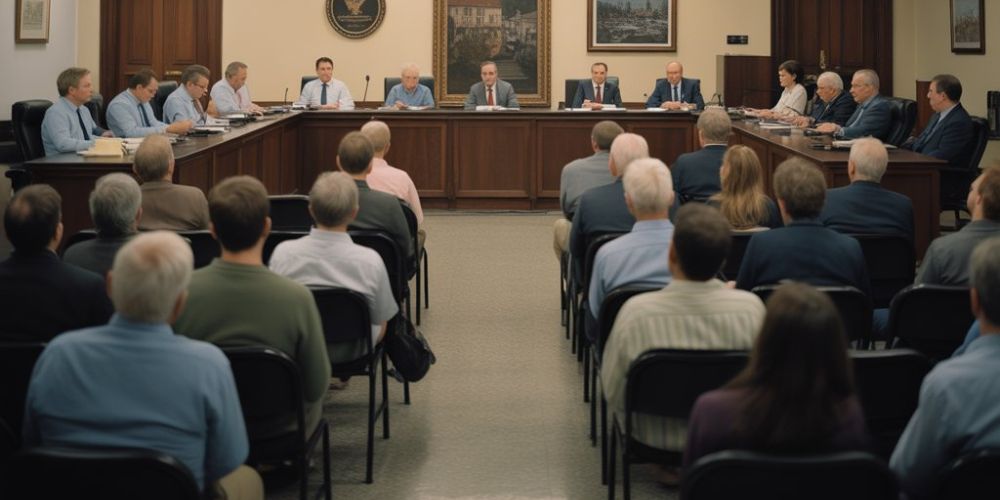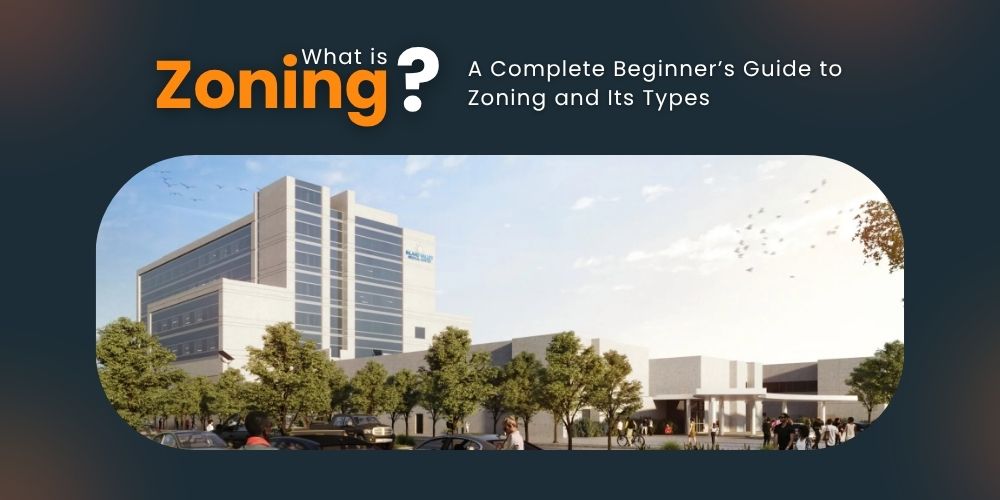You’ve come up with a business plan for a lucrative product/service. You’ve even found the ideal location for your new establishment. However, you need to jump through some legal hoops before you take the plunge and purchase that property. One of them involves applying for a Conditional Use Permit. Read on to find out what this permit involves and how to obtain one.
What is a Conditional Use Permit?
A Conditional Use Permit (in short CUP) allows you to use property for a purpose not automatically permitted by zoning, as long as the use is consistent with the County’s General Plan and meets all required conditions.
Think of it as special approval: the County is saying, “We’ll allow this use, but only if you meet specific rules and conditions so it doesn’t harm neighbors, the environment, or public services.”
For instance, if you want to open up a distillery that offers “whiskey flights” and tapas, you might need to carefully plan all aspects of your business, especially those that directly pertain to health and safety. One specific example relates to obeying the law regarding checking IDs to make sure patrons are 21 years of age and older. And of course, there are regulations that deal with the location of such an establishment (ie: can’t be located near schools or places of religious worship). All these issues factor into applying for a conditional use permit.
Purpose and When You Need a Conditional Use Permit in San Diego?
All owners who intend to utilize a piece of land specifically for their business (any business) have to apply for a CUP as mentioned above. This document demonstrates to the zoning and planning authority that certain conditions are met in order for the land to be used for the business’s purposes. Some of these conditions include:
- Alignment with the city’s general plan for the land’s use (though some deviation might be allowed)
- Parking enforcement and demands
- Noise level
- Compatibility with the uses/purposes of surrounding properties
- Project design
- Environmental impact and mitigation measures
- Land suitability and physical limitations
- Public access, services, and facilities that support development
Ideally, you should apply for the CUP before you break ground for a new building for your business. Likewise, if you purchased a property that already has a structure, you still need to apply to the planning and zoning authority for a CUP before you start any renovations. In other words, just to play it safe, you should start the CUP process long before the building/renovation.
What is the Process of Getting a CUP in San Diego?

Once you’ve determined that you need a CUP to start your business, you should start organizing all pertinent information about your business, including:
- The proposed use of the land
- Compatibility with the land surrounding your business
- Possible environmental impact
- Project design and parking demands
- Possible noise levels
Preliminary Review (Required)
In San Diego County, before filing your application, you must go through a Major Pre-Application meeting (unless waived for a very minor project). This is where you can ask questions specific to your project and receive early feedback.
Submitting Application and Forms
You can download the application and necessary forms from the San Diego County Planning & Development Services website. Along with links to the forms, you can obtain a fee schedule to find out approximately how much you’ll need to pay throughout the process.
A complete submittal typically includes:
- Completed application and project description
- Detailed plot plan, building elevations, and landscaping plan
- Grading plan and stormwater management report
- Environmental Initial Study (for CEQA review)
- Evidence of Legal Parcel form (proof of ownership)
- Public notice package (mailing labels for owners within 300 feet)
- Applicable application fees
Review and Screening
As you go through this application process, your case will be assigned to a County Land Use Planner. This professional acts as your point of contact during the review process, though their job isn’t to advocate for your project.
Your application will be screened by Planning & Development Services to ensure it’s complete. The County will also evaluate your project for consistency with the General Plan and zoning regulations, as well as potential environmental impacts.
Decision-Making and Public Hearings
Once the project review is complete, a public hearing is scheduled before the San Diego County Planning Commission. Property owners within 300 feet of the project are notified in advance, and the public can provide input.
- The Planning Commission makes the decision to approve or deny the CUP.
- If denied, you may file an appeal with the Board of Supervisors.
What Proof Should You Provide?
To demonstrate compliance with San Diego’s ordinances, you’ll need to provide the following:
- Completed application and detailed description of your proposed use of the land
- The architectural (floor) plans for your facility
- Permit approvals from pertinent agencies and authorities
- Environmental review (if needed)
- Proof of zoning compliance
- Your property deed or title
- Required forms (e.g., Evidence of Legal Parcel, notice package)
- All application fees
How Does the Planning Commission Approve a CUP in San Diego County?
Along with the documents mentioned above, the Planning Commission must make specific findings to support approval. Some examples include:
- Proof that your property will “match” those in your immediate surroundings (i.e., landscaping, setbacks, purpose)
- Positive environmental review under CEQA
- Evidence that the building’s size and shape are well suited for its purpose
- Compliance with the County’s General Plan and zoning code
When these findings can be made — and any required conditions are agreed to — the CUP is granted.
What to Do If Your CUP Gets Declined in San Diego?
If you don’t get approved for a CUP, you can do one of two things:
- File an appeal with the County Board of Supervisors (you’ll need the fee and solid, documented arguments for your case)
- File a new application with revisions that’ll increase your chances at approval
What if the Use of the Property Changes?
Most properties have to comply with any zoning and/or ordinance changes. In some cases, the structures on these properties can continue their same purpose under “legal non-conforming use” rules.
However, if you plan to operate a different use than the one originally approved, you will need to apply for a new CUP through San Diego County Planning & Development Services.
What Happens to the Conditional Use Permit After a Sale?
The CUP remains with the property even when it changes hands. The new owner has to comply with the same conditions as outlined by the permit. However, this is not necessarily a negative situation. A pre-existing CUP can actually add to the value of the property.
On the other hand, a property owner would have to apply for a new conditional use permit if they sell the current lot/building that currently has the permit since the CUP “follows” the land and not the owner. Also, if a person has recently bought a property and wants to use it for a different purpose than the one for which it’s permitted, they would also have to apply for a new permit.
As you can see, the process of obtaining a conditional use permit can get cumbersome, but you don’t have to go it alone. Contact the experts. Strom Permit who can not only walk you through the process but also represent you during each phase. From doing the due diligence to documenting your proof of compliance to post-approval coordination, our knowledgeable, experienced team can make your project a reality.




